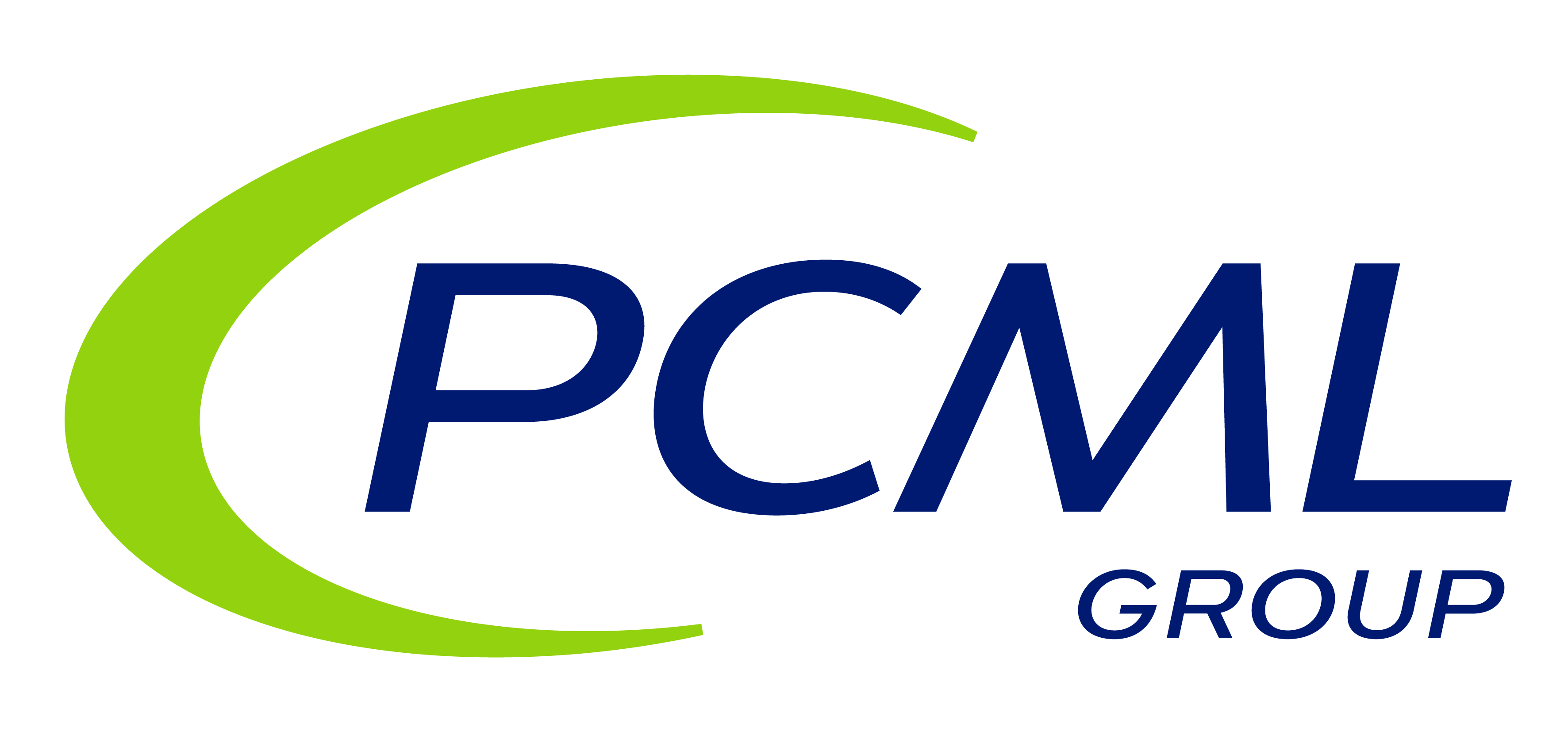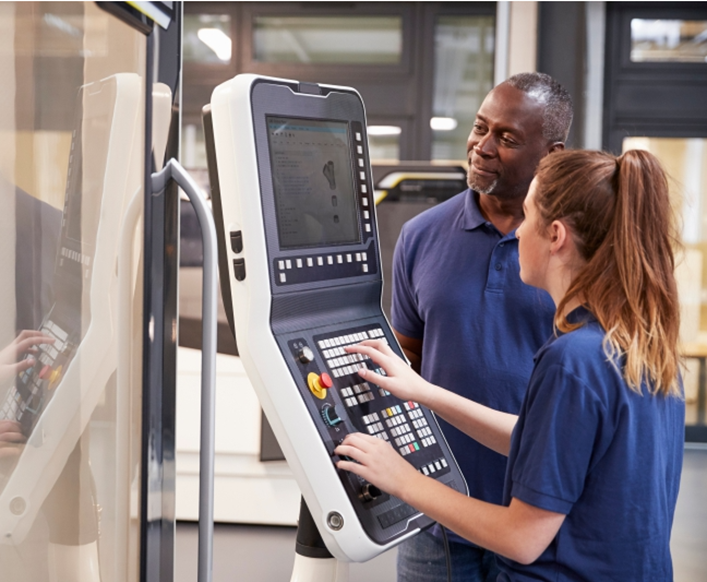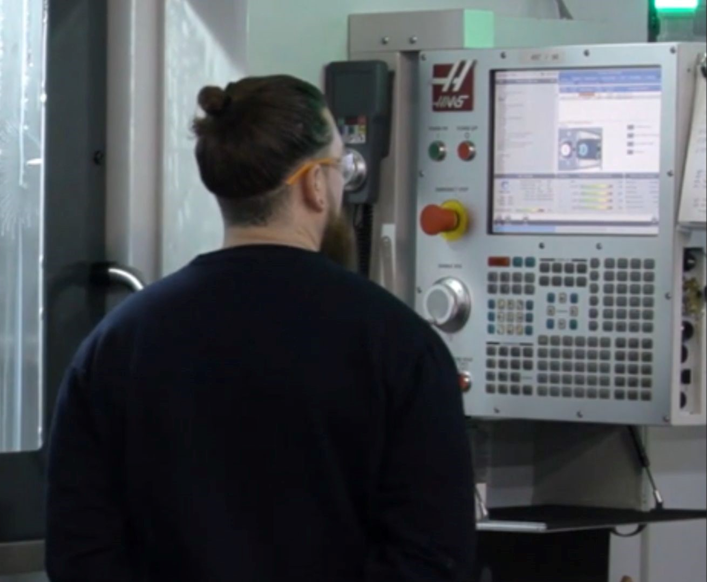What is a CNC Machine? Unlocking the Power of Precision Manufacturing at PCML
What is a CNC Machine?
These important, highly versatile machines are one of the core pillars of precision manufacturing, allowing engineers to shape material exactly to their liking thanks to computer code. Read on to find out all about CNC machines and stick around until the end to learn how PCML can help you with your CNC machining needs.
What is a CNC machine used for?
A CNC machine is a machine used in precision engineering which is able to create objects and components with a high degree of accuracy. CNC machines cut, saw, mill, shape or grind a block of material down to a specific shape so that it can be used as a component as part of a more complex object.
What does CNC stand for?
The ‘CNC’ in CNC machine stands for Computer Numerical Control. Put simply, this refers to the technology used to control the operation of a machine through computer programming.
Our engineers input a series of coded instructions, commonly known as G-code or M-code, into a CNC machine. The code specifies the exact movement, speed and operation needed to produce a finished product or component.
The CNC machines interpret these instructions and then translate them into movements and motions, powered by motors and actuators. Many CNC machines are able to understand X, Y, Z instructions, meaning they can act in a three-dimensional space to craft 3D objects.
How Does CNC machining differ from 3D printing?
From our above description, you might think that CNC machining and 3D printing sound remarkably similar. 3D printing has become a popular method for quickly creating detailed and robust models in recent years. However, there is a distinct difference, and it all comes down to the process.
CNC Machining
CNC machining is a subtractive manufacturing method. When you craft an object using a CNC machine, you start with a block of materials such as metal, wood or plastic. An engineer’s G-code or M-code then instructs the machine how it should remove material from this block to craft a specific shape.
The main benefit of CNC machining over 3D printing is the fact that it can mass produce products or components with pin-point accuracy, thanks to the specific instructions in the code. Because each part is manufactured using the same code, the process will be exactly the same each time.
3D Printing
On the other hand, 3D printing is an additive manufacturing method. It builds objects, layer-by-layer, based on a digital 3D model. Typically, 3D printers use a spool of filament or a resin vat as their material and then add the material based on the specifications of the 3D model.
3D printing excels at creating complex geometries and intricate designs, but in a manufacturing context, it is mostly used to produce one-off or customized prototypes.
How does CNC machine programming work?
You might be wondering what the programming process looks like in CNC machining. CNC machine programming begins with the design and blueprint phase first; once the design has been finalized, a precision engineer can then translate the design into code.
CAD files
A designer will likely use CAD (Computer-Aided Design) software and files to design the desired component. CAD files are digital representations of a blueprint that contain detailed information about:
- The geometry of the blueprint (i.e. shape and curvature of specific parts)
- The dimensions of the blueprint (how large it should be, measured with high accuracy)
- The materials that should be used (which may be important depending on the intent of the blueprint)
- Other, important properties of the object which will be relevant in the manufacturing process
CAD files are used across many different sectors, like engineering, architecture, and product design.
Translating CAD files into code
How do precision engineers turn a finalised CAD file into code that a CNC machine can understand? Firstly, they need to use CAM (Computer-Aided Manufacturing) software that is compatible with their CNC machine. CAM software assists in turning a CAD model into machine-readable code.
After configuring the CAM software to the CNC machine’s capabilities, they generate toolpaths, or the path that cutting tools follow during the operation of a CNC machine. Some CAM software let engineers visually verify their toolpaths through a digital simulation.
Once an engineer is confident that they have made the correct toolpaths, they can then use the CAM software to output CNC machine code, which is saved as a file and can then be executed by a CNC machine. Engineers need to make sure the CNC machine is correctly set up for their desired operation.
G-code vs. M-code
The code that a CNC machine reads is made up of two kinds of programming languages, called G-code and M-code. When creating an object, a CNC machine might use both kinds of code at once to specify different functions.
G-code (Geometric Code) is the bread-and-butter of CNC programming languages, since it defines the toolpath and positioning of the CNC machine’s cutting tools.
M-code (Miscellaneous Function Code) controls miscellaneous functions of the CNC machine, such as turning specific elements off and on, stopping or starting a specific program, and powering down the CNC machine itself.
The specific G-code and M-code commands that a CNC machine can understand can vary depending on the make and model of the machine, so it’s always best to make sure the code is compatible with the CNC machine being used.
The different types of CNC machine
There are several different types of commonly used CNC machines across the manufacturing industry which incorporate different, specific functions. The most common types of CNC machine are:
CNC Milling Machines
CNC mills are some of the most commonplace CNC machines in the manufacturing sector. Mills use rotating cutting tools to create complex shapes and contours on a block of material, and usually incorporate operations like face milling, end milling, slot milling, pocket milling and drilling.
CNC Lathes
A lathe, also known as a turning machine, is the inverse of the mill – it rotates the material while cutting tools are applied to them, rather than using rotating cutting tools. Lathes allow operations like turning, facing, tapering, threading and grooving.
CNC Routers
Routers specialise in creating grooves in and hollowing sections out of blocks of materials. They typically use tools which rotate, topped with flat or ball-shaped tips.
CNC Plasma Cutters
Plasma cutters use high-temperature plasma arcs to cut through electrically conductive material, like many metals. Plasma cutters can be incredibly powerful when used against thicker materials.
CNC Laser Cutters
CNC laser cutters are similar, using a focused laser beam to cut or etch materials, but provide higher precision and more intricate capabilities, making them perfect for projects that require more detail.
CNC Waterjet Cutters
Waterjets use high-pressure jets of water combined with abrasive particles to cut through materials, offering incredible versatility and the ability to cut through thick materials without using heat.
What else can a CNC machine do?
CNC machinery can incorporate many different kinds of functions, depending on your needs. The standard CNC machine uses detailed cutting methods to shape metal pieces into industrial hardware components.
However, you might want to use different kinds of materials, like fabric, plastic or foam in your component manufacturing process. The beauty of CNC machines is that they are highly modifiable and CNC code can be modified to accommodate different kinds of functions, including:
- Embroidery machines for the inclusion of fabrics
- Wood routers for timber-specific functions
- Foam cutters
- 3D printers
- Glass cutters
CNC machine services from PCML
Here at PCML, we specialise in precision engineering for component manufacture, and we’re always happy to help clients develop the bespoke solutions that work for them. That’s why CNC machining services are so important in our day-to-day roles, allowing our precision engineers to help you create reliable and precise components that suit all of your needs. To find out more, and to enquire about our precision engineering and manufacturing capabilities, visit our contact page or call us on 01223 293904 today.



